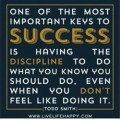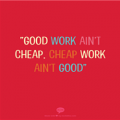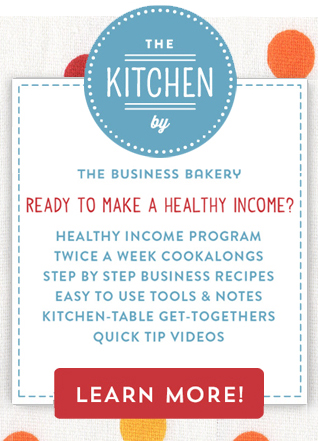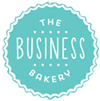Week 3 of the Eight Week Plan. Let’s talk about pricing.
Written by Julia Bickerstaff // November 14, 2012 // Daily Juice // No comments
Last week we found “The Gap”. It’s the difference between what we’d like our business to earn next year and what we, um, actually earned this year.

For some of us that’s a pretty big gap. But that’s ok because starting today we’re going to look at five things we can do now that will really – I’ll say that again, for added emphasis because it’s true – willreally – help us bridge it.
Pricing
Today’s step is pricing.
If you’re a regular Daily Juice reader you will know that I’m almost evangelical about pricing. Not because I love it – I get as worried about it as you – but because I’ve seen (first hand!) what a massive difference good pricing makes to the profitability of a business.
The big point is this:
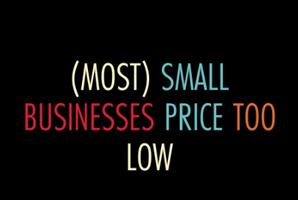
We do this for lots of reasons but the biggest is the mistaken – yup mistaken – belief that if we price low we’ll sell more and make more profit.
I could write reams about the whys and wherefores of this but I’m guessing you’d rather get on with the action of what to do rather than why to do it. What I will say is that it’s enormously hard to price low and get enough sales through to make a decent profit. If you want to see the maths take a look at this blog post I wrote about discounts.
If you do want more detail on the science of pricing, I’m happy to point you in the right direction – just message me on the facebook page (I’ve had to close the comments section of the blog for the time being because of all the darned spammers).
There are lots of ways to calculate prices, and indeed I help people do this, but for you, right now, I’m going to suggest a special little “2013” shortcut.
Here it its:

Right, let’s get on with it
Pop prices up (a little bit)
To help close The Gap I’d like you to have a look at your pricing and see if you can pop those prices up, even just a little bit.
Here are two options to try:
- General price rise
There’s a little thing called the 1% pricing secret which is this: on ‘average’ a 1% increase in price will give your business a 10% increase in net profit.
“Hmm, that’s all very well” I hear you say “but if I raise my prices my customers will leave”
Actually they don’t!
A customer’s decision to buy is complicated and is rarely about the difference between, say, paying $10 or $11. Often we assume that when someone doesn’t buy from us it’s because we are too expensive. That might be true, but ‘too expensive’, usually means the customer doesn’t want to buy it for anything like that price – so $10, $11, $12….it doesn’t matter, they don’t want it!
The opposite is true too! Someone who wants to buy something for $10 would often pay $11 or even $12! So wouldn’t it be better to sell it for $12 than $10? Imagine how much more profitable that would make your business!
So, here’s what you can do:
- Decide to make a general price rise of between 1% and 15% across all your products and services.
- Bigger is better but if the whole price rise thing sends you into a tail-spin, start small with an unnoticeable 1% and see what happens.
- On the worksheet “Raising My Prices” pop down what your general price rise is going to be.
- Specific price rise
You might feel more comfortable raising the price of just one or two of your products. That’s fine, you need to do whatever feels right.
Here’s a few tips for picking the products which the get the price rise:
- Start by answering this question “If I had to raise the price of one of my products by 10%, which one would I pick?”
- Now think about your ‘best seller”, how about raising the price of that by 5 or 10%? If it’s selling well, people love it and the likelihood is that you’ll be able to sell it for a smidgen more without denting your sales volume.
- Experiment. Try popping the price of one of your items up for, say, one day only. See what happens.
- After you’ve done (a) to (c ) above you should have a good idea which products’ prices you’re going to raise and by how much. Note this down on the worksheet “Raising My Prices”.
Communicating a price rise
The next alarming piece is telling your customers about the price rise. But it won’t be nearly as hard if you prepare for it. So:
- I’d start by thinking about when you last did a price rise. If it was ages ago (or even never!) then I think you can tell that to your customers. You can even emphasise that you’ve been a bit hopeless about pricing. I’m sure they’ll understand!
- If you’ve done price rises before you can say that you’ve recently had some help with your pricing and realised that you’d got it a little wrong. You can let customers believe they have been getting a bargain in the past (which they probably have!)
- If you feel nervous about saying that it’s your decision to raise prices then blame it on someone else. Say you have taken advice from your mentor (you have, you read this article!) or your ‘make-believe’ silent-business partner and they told you to do it. I know I find it easier to deflect the price rise away from myself!
- If you have new products or new customers you don’t need to even mention the price rise, so make life easy for yourself and keep it quiet.
- Prepare your little one liner about your price increase, pop it on the worksheet and practise it in front of the mirror. That way when you start talking to customers you won’t get all tongue tied and flustered!
Confidence builders
For all the advice on raising prices, you might still feel a little under confident about actually doing it so here’s a couple of things to read to give you a little more courage.
- How to price handmade stuff
- Four tips for get the guts to charge the right price
And finally here’s a fabulous and true story which should help convince you it’s the right thing to do. It comes from Robert Cialdini and is in his famous book “Influence”

“A lady ran an Indian Jewellry story in Arizona. She had bought a collection of turquoise pieces and was having trouble selling them. The pieces were all good quality, she had priced them very reasonably and the store was full of customers – it was tourist season – but no-one was buying them.
The night before she left to go on a short break she was thinking about the turquoise and decided that she would discount it heavily to get rid of it.
She hand-wrote a note to her top saleswoman saying “Everything in this case price X 1/2”.
When she returned, to her relief, the turquoise was all gone.
And then she got a surprise.
The saleswoman had misread the owner’s note and though that the X1/2 said X2.
She had doubled the price instead of halving it and that simple action has sold the bloomin’ lot!”
So if you’re feeling a little jittery about raising prices, print this out and stick it on your bathroom mirror! Customers equate price with quality. You might even start selling more!
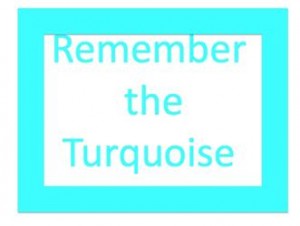

Fancy getting a weekly Snack of sweet stuff for your small business? Just pop your details in below.

